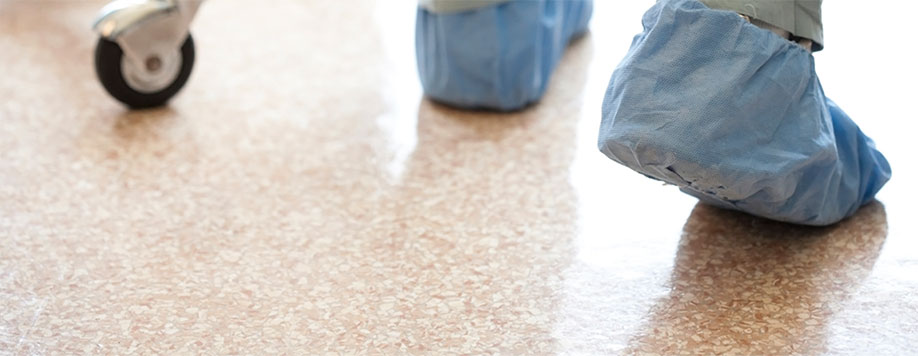



« Learn more about other chemicals used in Building and Construction
Phthalates are a family of chemical compounds primarily used to make polyvinyl chloride (PVC) or vinyl flexible, pliant and durable.
From energy-efficient roofing, to flexible adhesives and sealants, to durable flooring and wall coverings, phthalates are used in building and construction products to make materials and surfaces that last longer and are easier to maintain.
Flexible vinyl products made with phthalates can help reduce a building’s environmental footprint.
Flexible vinyl made with phthalates lasts longer than vinyl alternatives, and less energy and other resources are needed to manufacture and install it.
Flexible vinyl also has unique properties that are critical to fighting germs in hospitals and other healthcare facilities.
Phthalates used to make vinyl flexible and durable are tightly bound in the structure of the material. This fact, together with the lower vapor pressure of the phthalates typically used in building applications, contributes to the long service life of flexible vinyl materials.
Phthalates are specifically chosen as plasticizers for making vinyl flexible because they resist extraction, evaporation and migration. They are tightly held in the structure of vinyl, are odorless and have very low volatility, which means they do not readily evaporate.
Phthalates have been thoroughly studied and reviewed by government scientific agencies and regulatory bodies around the world, and these agencies have concluded that phthalates used in commercial products do not pose a risk to human health at typical exposure levels.
Information collected by the U.S. Centers for Disease Control and Prevention over the last 10 years indicates that, even though phthalates are used in many products, exposure is extremely low—significantly lower than any levels of concern set by regulatory agencies in the United States and Europe. Even when scientists hypothesize extreme exposures from phthalates in building products, the predicted exposure levels are hundreds or thousands of times below the safe level established by regulatory authorities.